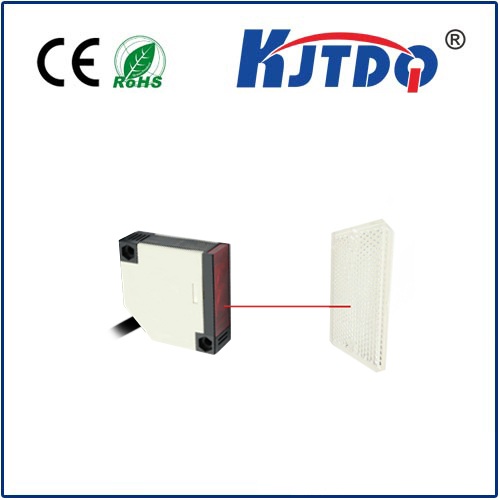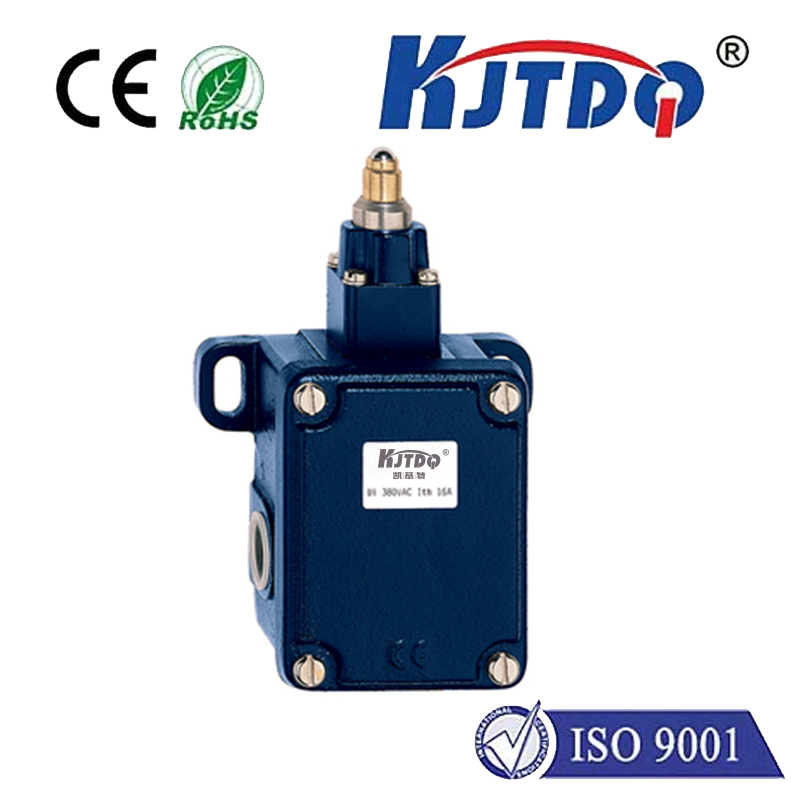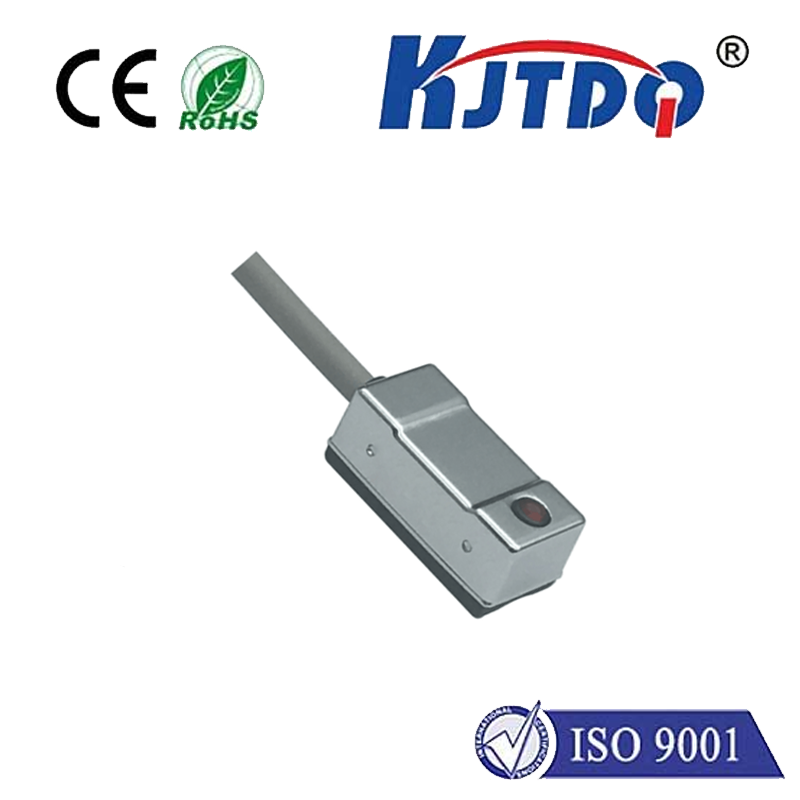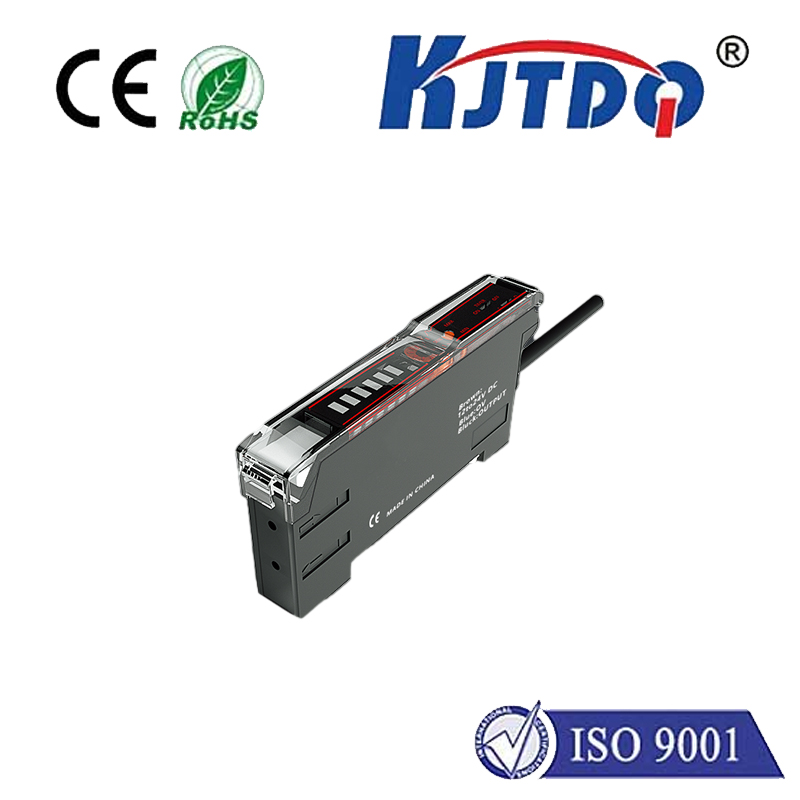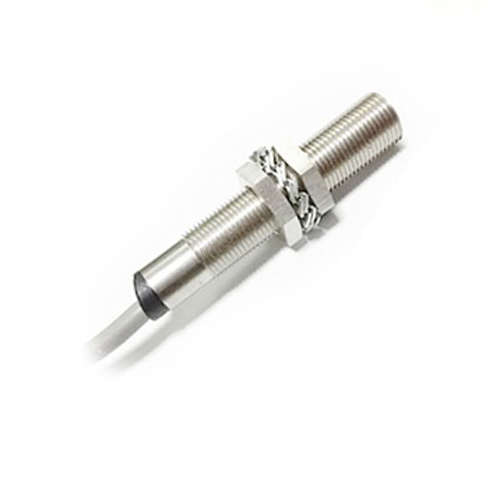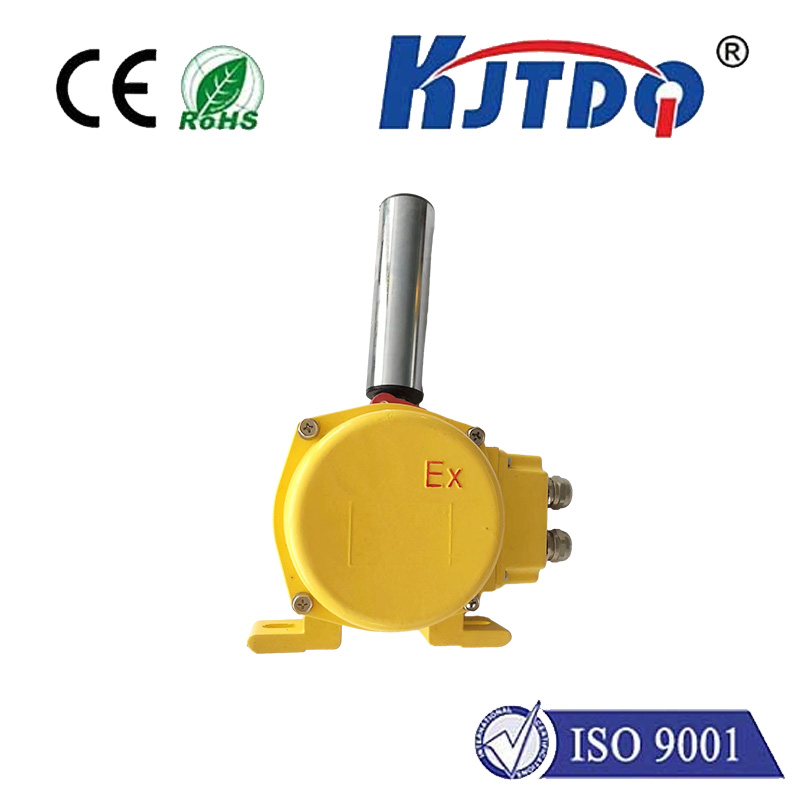sensor lj12a3 4 z by
- time:2025-06-26 03:04:01
- Click:0
Sensor LJ12A3-4-Z/BY: Unlocking Precision in Industrial Sensing
Imagine a factory floor humming with activity – robotic arms welding car frames, conveyor belts whisking products along, packaging machines sealing boxes at lightning speed. In this dynamic, often harsh environment, unseen sentinels ensure everything runs smoothly and safely. Among the most reliable of these silent guardians is the humble inductive proximity sensor, and the LJ12A3-4-Z/BY model stands out as a workhorse for countless applications. Understanding its capabilities is key to optimizing automation and safeguarding processes.
So, What Exactly is the Sensor LJ12A3-4-Z/BY?
At its core, the LJ12A3-4-Z/BY is a cylindrical, shielded, DC 3-wire inductive proximity sensor. This specific model designation breaks down its essential characteristics:
- LJ12A3: Indicates a cylindrical body shape with a 12mm diameter and a sensing range of up to 4mm (typically operating effectively within 0-3.2mm). The ‘A’ often signifies a shielded design.
- 4: Confirms the nominal sensing distance is 4mm. This is the theoretical maximum distance at which it can detect a standard target under ideal conditions.
- Z/BY: This suffix is crucial. ‘Z’ generally indicates a PNP (sourcing) output type. ‘BY’ typically specifies Normally Open (NO) contacts and a 3-wire connection (Brown = V+, Blue = V-, Black = Signal Output).
Put simply, this sensor detects the presence or absence of metallic objects (like steel, aluminum, brass, copper) within its 4mm range, without physical contact. When metal enters its detection field, its PNP output switches ON (providing +V on the black wire), acting like an electronic switch.
Why the LJ12A3-4-Z/BY Excels: Key Features Unveiled

Several inherent features make this sensor a popular choice in demanding industrial settings:
- Non-Contact Operation: The fundamental advantage of inductive sensors like the LJ12A3-4-Z/BY is their ability to detect metal targets without any physical touch. This eliminates mechanical wear and tear, drastically extending operational life and reducing maintenance costs. No snagging, no sticking – just reliable detection.
- High Switching Frequency & Speed: Capable of operating reliably at high speeds (often hundreds or thousands of Hertz), this sensor is perfectly suited for applications involving fast-moving machinery or rapidly passing targets on conveyor lines. Its rapid response time ensures accurate detection even in high-cycle processes.
- Robustness & Environmental Resilience: Encased in a sturdy nickel-plated brass or stainless-steel body, the LJ12A3-4-Z/BY is built to endure the rigors of the factory floor. These sensors are typically rated IP67 or higher, meaning they offer excellent protection against dust ingress and temporary submersion in water (up to 1m for 30 mins). They can withstand significant vibration and shock, handling impacts that would damage mechanical switches. Resistance to oils, cutting fluids, and coolants is another critical advantage in metalworking and machining environments.
- Resistance to Surface Contaminants: Unlike optical sensors that can be fooled by dirt, dust, or grime, the inductive sensing principle is largely unaffected by such non-metallic contaminants accumulating on the sensor face. This translates to consistent performance in dirty or oily conditions where alternatives might fail.
- Long Service Life: The combination of non-contact operation and rugged construction contributes to an exceptionally long operational lifespan. There are no moving parts to wear out inside the sensing element.
- Simple Installation & Wiring: The standardized cylindrical M12 body (requiring an 18mm mounting hole) and clear 3-wire color coding (Brown/V+, Blue/V-, Black/PNP Signal) make installation straightforward. Screwing it into place and connecting the wires is typically all that’s required.
Understanding the Wiring: Making the Connection
The 3-wire DC PNP (sourcing) configuration is vital for correct integration:
- Brown Wire: Connect to the positive terminal of your DC power supply (typically 10-30V DC).
- Blue Wire: Connect to the negative terminal (0V / Ground) of your DC power supply.
- Black Wire: This is the signal output. When the sensor detects a metallic target within its range, this wire will switch to provide the positive voltage from the supply (effectively connecting it to V+ internally). Connect this wire to the input of your PLC, counter, controller, or relay.
Where Does the LJ12A3-4-Z/BY Shine? Practical Applications
The versatility and reliability of this sensor make it indispensable across numerous industries. Here are some typical use cases:
- Position Verification: Confirming a part is correctly seated in a fixture before a machining operation commences or verifying a cylinder has reached its end position. “Is the metal bracket present and in place?” – the LJ12A3-4-Z/BY provides the answer.
- End-of-Travel Detection: Safely stopping moving parts like slides, lifts, or robotic arms when they reach their programmed limits. Preventing mechanical overtravel damage is critical for machine longevity.
- Object Counting: Tracking metal parts or products moving past on a conveyor belt. Essential for production monitoring, inventory control, and packaging accuracy. Its high speed ensures it keeps up with fast-moving lines.
- Presence/Absence Sensing: Determining if a metal component is present at a specific station (e.g., on an assembly line, within a chute, or at a loading point). A basic yet vital function for process flow control.
- Level Detection: Monitoring metal levels within tanks or hoppers (e.g., metal pellets or powder), or detecting when a metal container is present at a filling station.
- Machine Safety: Providing basic signaling as part of safety interlocks, such as confirming a guard door is securely closed before machinery starts. (Note: Dedicated safety sensors are required for complex safety functions).
- Automotive & Metalworking: Profusely used on CNC machines, presses, stamping lines, welding robots, and assembly stations to monitor part position, tool presence, and cycle completion.
Choosing Wisely: Factors to Consider
While the LJ12A3-4-Z/BY is highly versatile, ensuring it’s the right sensor for the job requires considering:
- Target Material: It detects ferrous metals (like steel, iron) best. Non-ferrous metals (like aluminum, brass, copper) have reduced sensing ranges (usually 30-60% of the rated 4mm). The size and thickness of the target also significantly influence the effective sensing distance – larger, thicker targets are detected more easily.
- Voltage Range: Ensure your power supply voltage falls within the sensor’s specified operating range (commonly 10-30V DC).
- Output Type Compatibility: The PNP (sourcing) output must be compatible with the input module of your PLC or controller (which typically requires a sourcing input to accept a PNP signal). Verify this crucial electrical compatibility.
- Operating Environment: While robust, confirm its IP rating and temperature range (-25°C to +70°C is typical) are suitable for your specific environment. Extreme conditions might require specialized variants. The LJ12A3-4-Z/BY’s IP67 rating covers a vast array of challenging industrial settings.
The Unseen Backbone of Modern Industry
The **Sensor LJ12A3-












